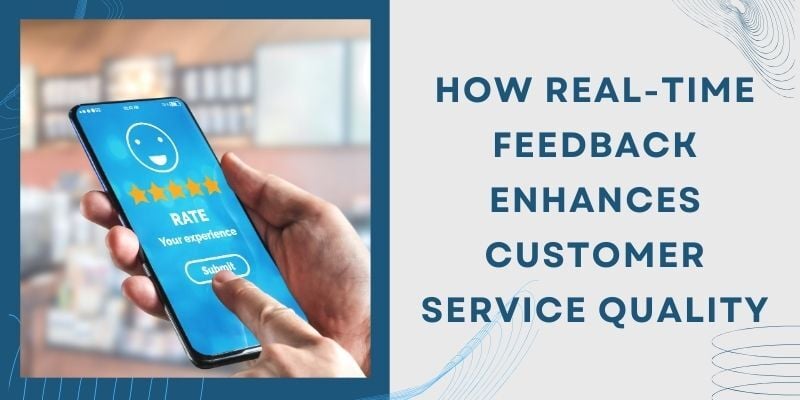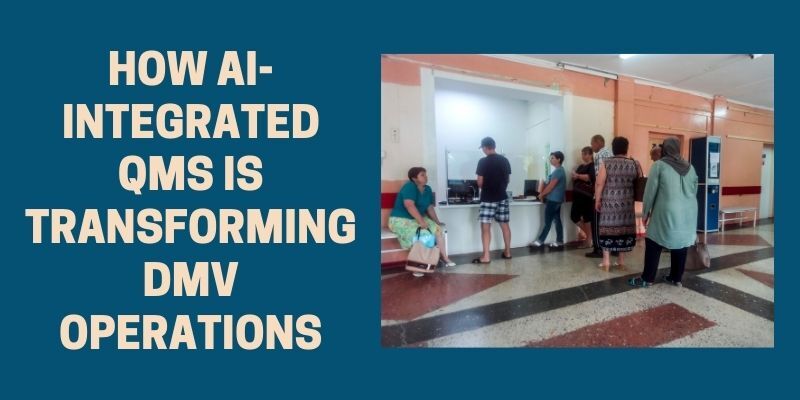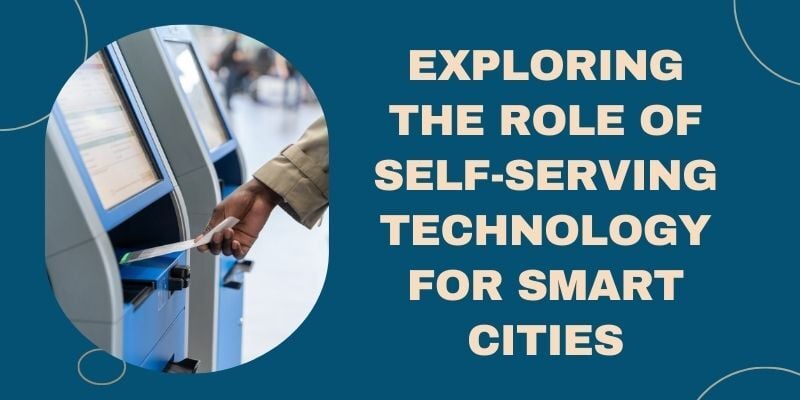In this blog:
- Understanding KYC and its importance of KYC in retail banking
- The KYC process
- Compliance & automation
As globalization continues, banking and finance change their form very rapidly. Yet as banking becomes more convenient, the risk of security breaches increases.
Experts predict that cybercrime will cost the world up to $6 trillion by 2021 and $10.5 trillion by 2025. To curb these growing figures, leaders in technology and innovation continue to create ways to verify the information and protect personal and corporate data to keep making banking more seamless without the associated risks.
An important part of this securing process is KYC or Know Your Customer. KYC is crucial for banks because it helps to ensure that banks are secure from money laundering and criminal activities. It also helps banks to be aware of their customers and their financial transactions to provide a better and secure service.
What are KYC solutions in banking contexts, and how do they affect the way we all experience banking? Let’s look into various aspects of the KYC processes and parameters:
What Is ‘Know Your Client’ or KYC?
Know Your Client or Know Your Customer (more often called KYC for short) is a global standard in banking, investment, and finance that helps companies and institutions ensure their clients’ details stay safe from malicious attacks. This process helps bank organizations and financial bodies access, verify, and track information while strictly adhering to a rigid set of rules that protect data privacy, investment knowledge, financial positions, and so on.
Most people will often ask, “what is the purpose of KYC in banking and why does it matter?” At the core of KYC are security and protection. It protects both the client and the institutions. Clients gain from this setup by giving banks the necessary information to authenticate and learn what their investment needs might be. Institutions are protected by knowing who their clients are and by having a process that completely verifies that their clients are who they claim to be, avoiding illegal activities.
Understanding the Purpose of KYC (Importance in Banking & Finance)
KYC is among the many digital transformations going on in the banking industry. When applying for a bank account or opening up a finance-based account, the KYC procedures might seem like an added step that only complicates things. But know that those additional steps serve a set of crucial purposes. There are four reasons why KYC is a necessary part of any banking process:
Establish customer identity — Customer identity validation is highly important because it establishes that clients are who they say they are. This step is necessary to avoid identity theft and other criminal activities that could endanger clients.
Learn the client’s needs — KYC can also be used in investments to understand a client’s risk tolerance, investment goals, and needs in order to give them well-informed suggestions for investment instruments that could grow their financial portfolios.
Understand the nature of customers’ activities — In many use-case scenarios, KYC systems also monitor banking transactions to understand a customer’s activities to qualify whether a person or corporation’s funding sources are legitimate.
Assess money laundering risks — One of the most important use-cases of KYC is to protect banks from money laundering and spot any suspected illegal activity that could point towards under-valued corporations, questionable money sources, and even illegal trade.
Going Digital with KYC
Now that over 2.5 billion people globally use online banking, it’s becoming predominantly clear that banks need to shift as many processes as possible to online means. KYC processes were offline for many decades, but recent pushes in innovation and digitization enabled banking facilities to put verification and identification processes into digital platforms.
In a time where people would rather have self-service kiosks than banking queues, the need for digital innovation seeks to decentralize the banking process and make finance activities easier for the end-consumer. KYC digitization is an important part of that as it allows monitoring bodies to track and authenticate information without the need for physical presence or documents. There are three ways that KYC processes can be carried out online:
Basic Online KYC — involves simply passing scanned copies of identification documents such as passports, driver’s licenses, or any other government-approved ID, then bumping off the information with the one provided in the application.
Video KYC — a process that involves getting on a video conference call with authorized personnel and confirming their identity through an interview.
Biometric-based KYC — a verification process people can carry out online by uploading scanned copies of their original documents and providing biometric information through a fingerprint scan.
As these systems continue to improve, it’s not just the banking industry that will experience a boost in security. Telecom companies are now also starting to use KYC to create self-service kiosks for SIM card sales and mobile credit loading.
Given that the self-service market has grown to $28.3 billion, it’s likely that there will be more telco companies jumping on the bandwagon in the coming years.
Looking into the KYC Process
So what does the KYC process look like? Let’s use this example. Say someone applies for a job and claims to have a master’s degree to land a job. But anyone can just put a master’s degree in a resume. What a company’s HR department will proceed to do is verify the school the applicant claims to have gotten the master’s degree from, check the types of master’s degrees offered in that school, get a contact from the department, and verify the diploma. That’s what KYC does.
More specifically, the KYC process steps follow four phases in the following order:
1. Collect information
The process starts when an authorized KYC registration agency (KRA for short) collects a customer’s information. The basic information that the KRA will need includes complete name, birthday, address, employment status, annual income, net worth, investment objectives, and identification numbers, among many others. In some more high-risk cases, a KRA might also request more information.
As banking dashboards evolve, people are starting to experience more ease in registration processes. Some companies now allow online registration, making the information collection process faster and more efficient for banks and customers alike.
2. Data privacy-compliant data storage
All information provided to the KRA gets stored in a data privacy-compliant server or database that banking agencies will then use to authenticate data, track and monitor banking activity, and so on. While cases of data leaks aren’t completely avoidable, these data systems make it extremely difficult for anyone to access a customer’s data so it’s extremely safe.
3. Information authentication
KRAs will then authenticate information by bouncing information off with registered details on official documentation. In the case of persons opening accounts, KYC will ask for personal data. If one registers a corporation or any entity, KRAs will also request for company documentation such as registration papers, tax documents, and so on.
4. Data validation
Using Optical Character Recognition, or OCR technology, a system can automatically validate one’s identity with very little to no manual processes. These systems remain extremely accurate and can even remove human disadvantages such as red tape, human error, or bribed approvals.
KYC Compliance and Automations
By understanding why KYC is important for companies and individuals, innovators continue to discover ways to streamline the process and make it easier for both organizations and their clients to authenticate and monitor information and activity. Using software that eliminates manual processes helps organizations save a lot of time and resources. In turn, lower costs could potentially lead to lower payouts by smaller financial institutions that have to carry the heavy burden of compliance, helping even smaller players and improving banking as a whole.
BOOK A FREE DEMO





